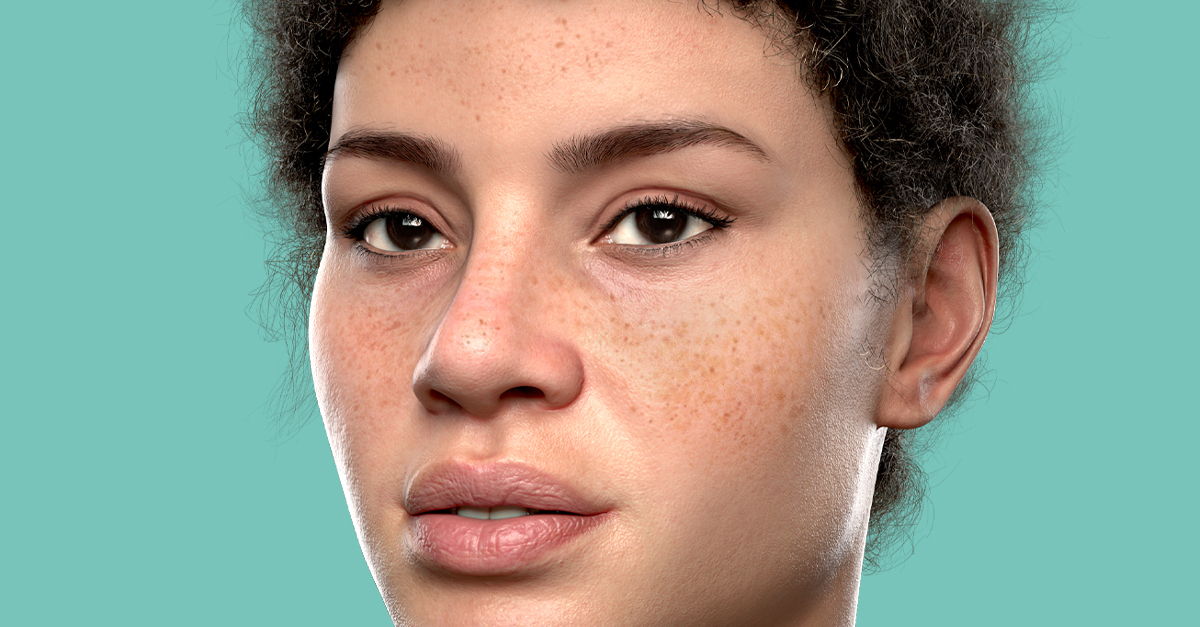
Many of us have small spots on our skin that can range in size and color. They may even darken or stand out more after being in the sun for a while. These spots are called freckles and in most cases are harmless. In this snippet we will go over what exactly freckles are and why we have them.
Ephelides, the most common type of freckle, are extra pigmentation under your skin. Their appearance largely depends on the genes you are born with. The MRCI gene that controls freckles is the same gene that determines red hair. Freckles first appear usually around ages 2-3 and after being in the sun. They are a result of an overproduction of melanin, which is responsible for skin and hair color. Ultraviolet radiation is a stimulant to melanin production; hence they will usually appear on areas that have had sun exposure such as the face, arms, chest, and neck.
There is also one other type of freckle aside from ephelides. Solar lentigines are dark patches of skin that develop more into adulthood. They can include freckles, aging spots, and sunspots. While ephelides depend more on genetics, solar lentigines are a primary result of sun exposure. Additionally, while ephelides tend to fade in winter months, solar lentigines do not.
Freckles themselves do not pose any health threats, however, it is important to keep an eye on them. If any freckle, mole, or sunspot displays; asymmetry, uneven borders, a variety of color, large diameter, or an evolving change through time, be sure to make an appointment with a doctor or dermatologist. These symptoms can suggest an increased risk for melanoma. Regardless of freckle type, it is always important to wear sun protection when outside. Sun protection factor (SPF) 30 and above, avoidance of the sun at peak hours (10 am to 4 pm) and wearing sun protective clothing such as hats can all help to keep your skin healthy.
